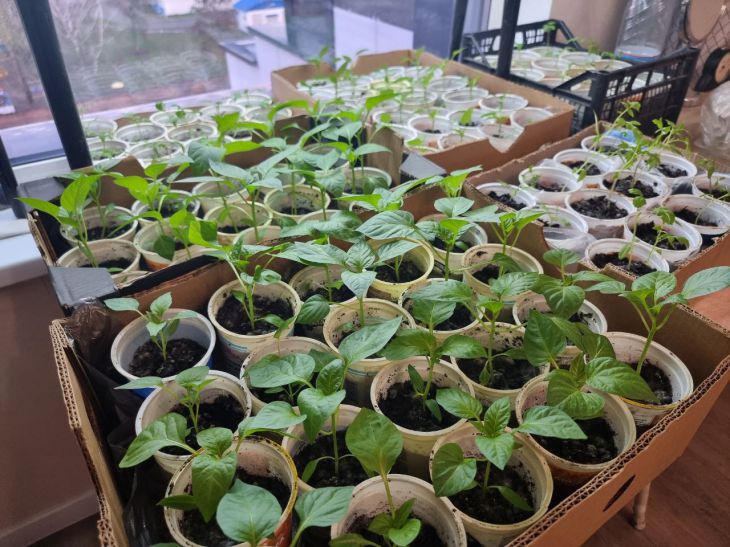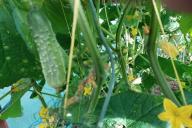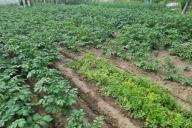Proper watering of seedlings provides sufficient water for plants without damaging their roots or creating conditions for the development of fungal infections.
Let's look at some tips that will help you water your seedlings correctly.
Selecting a container
For watering seedlings, it is better to use light plastic cups or pots that are easy to move and convenient to control the water level. It is also worth remembering that there should be holes through the bottom of the container for water drainage, says Anastasia Kovrizhnykh .

Watering mode
The seedlings need to be watered regularly, but not excessively. Usually, the seedlings are watered once a day or once every two days, depending on the weather conditions and the soil condition. It is better to water the seedlings early in the morning or late in the evening, when the sun is not so bright and hot, and the water is better retained in the soil.
Amount of water
The amount of water needed to water seedlings depends on many factors, such as the size and age of the plants, the ambient temperature, and the moisture content of the soil. In general, seedlings should be watered so that the soil remains moist, but not too wet.
Water type
Using quality water to water your seedlings is very important. Hard water can contain excess minerals that can accumulate in the soil and damage the roots of your plants. Drinking water or distilled water are the best options for watering your seedlings.
Bottom watering
Watering from below is more effective than watering from above. When watering from above, water can fall on the leaves and stems of plants, which can cause various diseases and rot.
Watering from below provides enough water for the roots and makes the plants less susceptible to disease.
Using a pallet
For watering from below, you can use special trays that will help conserve water and make the watering process easier.
To do this, you need to pour a small amount of water into the tray and place the container with seedlings on the tray for a while.
Water will gradually be sucked into the soil through the holes in the bottom of the container.
Checking soil moisture
To determine the need for watering, you should check the soil moisture. To do this, you need to insert a stick or finger into the ground to a depth of several centimeters. If the soil remains dry, then you need to water the seedlings.
Preventing overwatering
Overwatering the soil can lead to root rot and various plant diseases. To prevent overwatering, you can use special clay cones or ceramic drippers, which allow you to control the amount of water entering the soil.
Different methods of irrigation
There are several irrigation methods that can be effective for growing seedlings. One of them is drip irrigation, in which water is released into the soil in droplets.
This method allows you to accurately dose the amount of water and prevents it from getting on the leaves. Another method is watering with a sprayer, which allows you to distribute water evenly over the entire surface of the seedlings. But you should remember that with this method there is a risk of developing fungal infections.
Watering after transplanting
After transplanting the seedlings into the soil, it is necessary to water it well so that the roots receive a sufficient amount of moisture and can quickly take root in the new place.
Proper watering is a prerequisite for successful vegetable seedling cultivation. Following the above tips will ensure that your plants receive enough water, preventing overwatering and diseases.
Previously, it was reported about eliminating aphids on roses .









